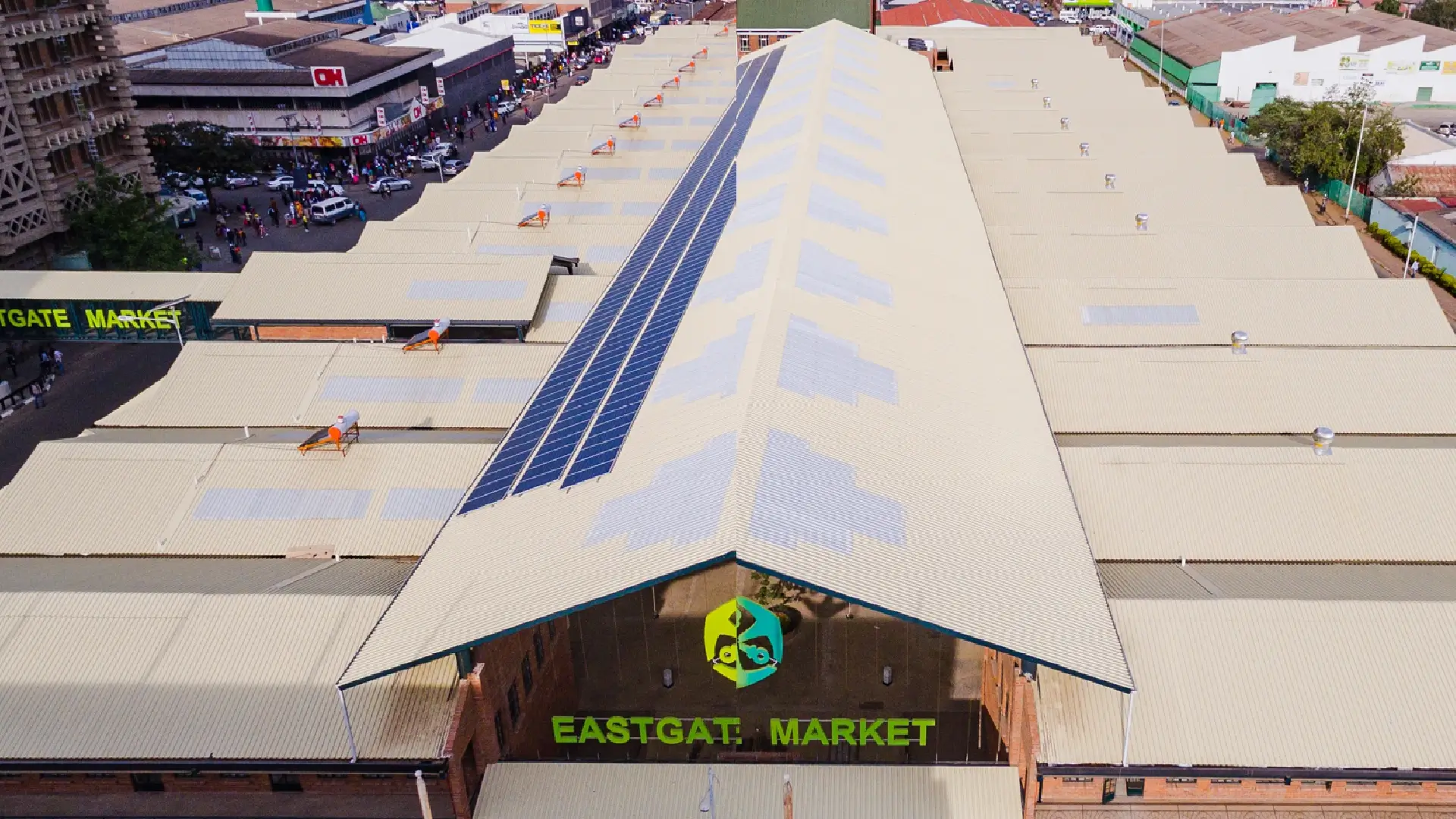Your cart is currently empty!

Cities generally tend to grow in an organic way with new neighbourhoods being developed while older areas fall into decay. The way cities function also changes over time in line with shifting demands from residents and businesses. Inner city decay is a major problem all around the world. Across the United States from New York to Baltimore many cities have spent at least the last two decades trying – often without much success – to breathe new life into their crumbling inner city slums. Some cities in the UK and Europe have experienced inner city decay as industries close and residents are forced to relocate for work creating urban ghettoes. In Asia cities like Singapore, Seoul and Taipei have embarked on huge inner city revitalisation programmes. Closer to home we have the example of Johannesburg where large areas of the inner city, like Hillbrow and the downtown area, had become almost ‘no go’ zones.
South African cities like Johannesburg and Cape Town have embarked on major programmes to upgrade their city centres with varying degrees of success. One success story of urban regeneration is the Maboneng Precinct in Johannesburg along Main Street and Fox Street which has been rejuvenated to become an eclectic and exciting mix of art galleries, restaurants and coffee shops, retail spaces and hip studios and loft apartments. From a dangerous and seedy urban slum it has become a new, safe, vibrant and mixed use, economically integrated neighbourhood. The character of the City of Harare has also changed over the years in response to changing demographics and different economic challenges.
Many major retailers and commercial businesses are choosing to move out of the City Centre to the surrounding – formerly residential – areas, like Eastlea and Avondale. Others are relocating to office parks in areas like Mount Pleasant or Borrowdale or to the growing number of suburban shopping malls. After dark Harare’s city centre is virtually deserted apart from places like the Fourth Street Road Port and Copacabana bus terminus. During the day the city is congested with chaotic traffic and the situation is exacerbated by the huge number of vendors plying their wares wherever they can find a convenient spot. So far, efforts by the authorities to tame the urban jungle have met with resistance from the vendors and have had limited success.
The new Eastgate Market is a bold attempt to address some of the current problems in the City Centre. (See S&D issue 6 – article entitled Re-imagining the Way Harare Works.) Developers, Old Mutual, have stated, “One of our strategic aspirations as Old Mutual is to ensure that all our investments are driven by customer insights and are also tailor made to address issues of national importance.
Through our property development wing, Old Mutual Property, a market research was undertaken and one of the key outcomes confirmed that there was a national infrastructure gap for emerging economic clusters such as Small to Medium enterprises. Such a gap normally results in lost productivity and inefficiencies as entrepreneurs are forced to make use of improper facilities that are usually overpriced, overcrowded and located in the peripheries of the city. Whilst the Eastgate Market is not entirely earmarked for SMEs we expect that a greater number of them will be able to find proper trading premises at the Market.”
The new Eastgate Market is a bold attempt to address some of the current problems in the City Centre. (See S&D issue 6 – article entitled Re-imagining the Way Harare Works.) Developers, Old Mutual, have stated, “One of our strategic aspirations as Old Mutual is to ensure that all our investments are driven by customer insights and are also tailor made to address issues of national importance. Through our property development wing, Old Mutual Property, a market research was undertaken and one of the key outcomes confirmed that there was a national infrastructure gap for emerging economic clusters such as Small to Medium enterprises. Such a gap normally results in lost productivity and inefficiencies as entrepreneurs are forced to make use of improper facilities that are usually overpriced, overcrowded and located in the peripheries of the city. Whilst the Eastgate Market is not entirely earmarked for SMEs we expect that a greater number of them will be able to find proper trading premises at the Market.”
Old Mutual have responded to the prevailing situation by redeveloping almost an entire city block stretching along Robert Mugabe Road to Robson Manyika Avenue from Wynne Street to Fourth Street. This huge development will be a mixed use precinct including, under one roof; retailers, individual stalls for small scale vendors in a vast open market space, zones for light manufacturing like dressmakers and jewellery makers, a major supermarket, restaurants and coffee shops, and 31 residential units. The Market is a courageous scheme to bridge the gap between the formal and informal business sectors and bring life back to our City.
Old Mutual engaged local firm Pearce, McComish, Tarabuku Architects to design the new Market and oversee the construction. Another local company, Masimba Construction, were the main contractors for this prestigious project. Pearce and McComish researched other markets around the world including in Nigeria, Cote d’Ivoire, Kenya, Zambia, Tanzania and South Africa, to find out what would work best, and adapt the information to our local situation. Pearce, McComish, Tarabuku also designed the award winning and iconic Eastgate Mall diagonally opposite the new Eastgate Market, and the two structures are linked by a raised pedestrian bridge which crosses over Robert Mugabe Road.
The bridge is designed to facilitate pedestrian access and make it safer for pedestrians to cross the busy Robert Mugabe Road. It will also help to smooth vehicular traffic by decongesting the busy road and pavements. Ample parking has been provided for both tenants and shoppers including on-site parking on the south mezzanine floor. Deliveries have also been made more convenient by including a ground floor delivery area on the south side ground floor – keeping delivery vehicles out of the way of other traffic. There is a similar choice of materials for the two buildings and the same concern for sustainable, environmentally friendly design.
The new market has abundant natural light from an array of skylights punched into the high roof (and solar powered lighting for night time trading), good natural ventilation to obviate the need for power hungry heating and cooling, and the structure has been softened by incorporating plants as an integral part of the design. In addition the Market has its own waste recycling plant – the first of its kind in Zimbabwe to be integrated into a project of this kind. The architects have managed to preserve the initial concept of a single, vast open space for the market, without having to resort to fire walls which would have broken up the area into three separate sections. This was achieved by including a state of the art sprinkler system for fire control which is in line with local building by-laws. The sprinkler system has a back up supply of water from 450,000 litre under floor concrete reinforced tank which is filled from an on-site borehole. This guarantees safety for both tenants and shoppers.
The construction project officially first broke ground in October 2016 and is scheduled to open very soon. Major construction is complete and tenants are already doing their fit outs in preparation for trading. Remarkably the project has only slightly over run the projected time schedule with the delay caused by the fact that there was a huge underground concrete bunker on the site which was only discovered after construction had already started. The bunker didn’t appear on any maps or plans and had to be literally blasted out of the way. Although some older buildings on the site had to be demolished the architects have fortunately managed to preserve the historic Metro Peech building which has been incorporated into the design as an administrative centre. Even more surprisingly for a project of this size, and given the prevailing economic hardships, construction has not run over the proposed initial budget!
The anchor tenant for the supermarket will be Food World and other tenants will include Econet, Chicken Slice and Booties Pharmacy. For their smaller tenants Old Mutual have adopted a new and different leasing model whereby “trading stalls” will be available on daily, weekly or monthly agreements. This is partly to accommodate and assist small scale fresh produce suppliers who can rent a stall when their produce is in season and won’t have to pay rent when they don’t have any fresh produce available to sell. According to Old Mutual, “A market stalls operating system with an automated access system will also be installed to regulate tenant access. Thus access will be given on a prepaid basis to tenants and by this model challenges associated with collecting rentals in retrospect should be solved.”
The development of the Market is a major shot in the arm towards redesigning and revitalising this part of our city as well as a brave experiment in changing the way the City functions. In order to keep the City vibrant, exciting and energetic we need to make living and working in the CBD more attractive and desirable. What’s more the Market is set to increase the value of the surrounding properties and help to give Harare a new, distinctive character. Hopefully we’ll see more innovative developments of this nature in the near future inspired by this successful venture.
